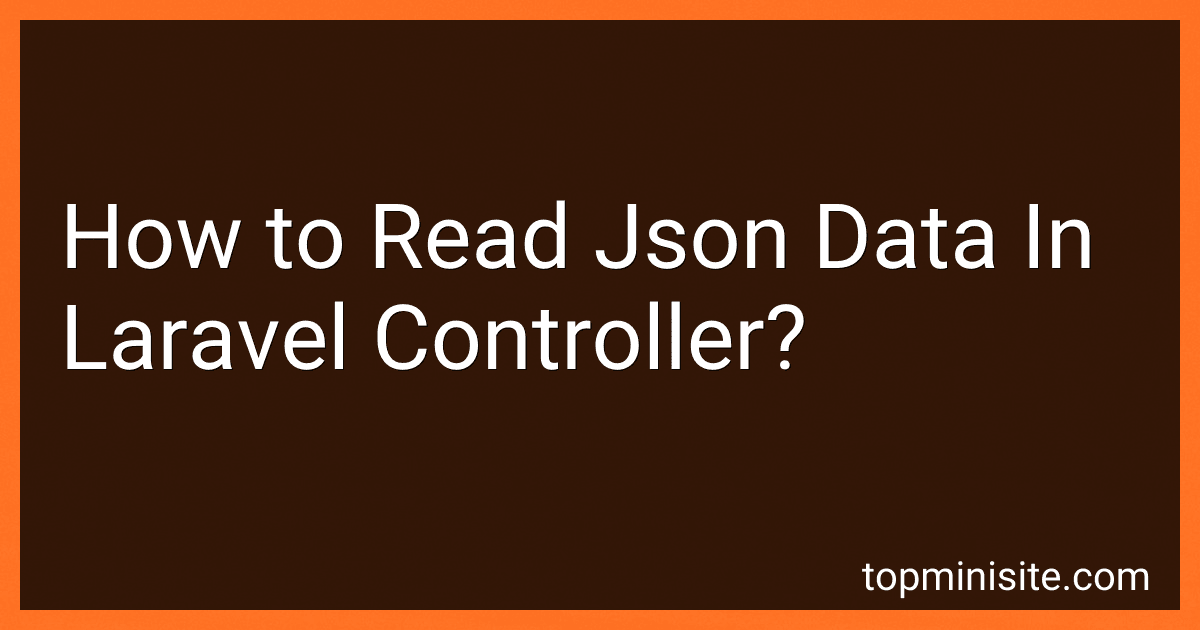Best Books on Laravel to Buy in December 2025
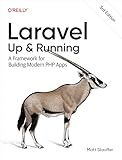
Laravel: Up & Running: A Framework for Building Modern PHP Apps


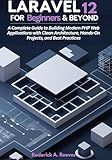
Laravel 12 for Beginners & Beyond: A Complete Guide to Building Modern PHP Web Applications with Clean Architecture, Hands-On Projects, and Best Practices


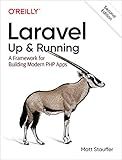
Laravel: Up & Running: A Framework for Building Modern PHP Apps


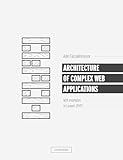
Architecture of complex web applications. Second Edition.: With examples in Laravel(PHP)


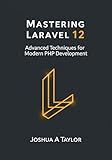
Mastering Laravel 12 : Advanced Techniques for Modern PHP Development


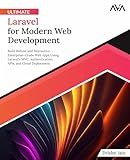
Ultimate Laravel for Modern Web Development: Build Robust and Interactive Enterprise-Grade Web Apps using Laravel's MVC, Authentication, APIs, and ... (Advanced Web Frameworks — Multi-Tech Path)


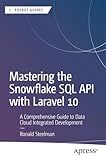
Mastering the Snowflake SQL API with Laravel 10: A Comprehensive Guide to Data Cloud Integrated Development (Apress Pocket Guides)


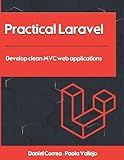
Practical Laravel: Develop clean MVC web applications


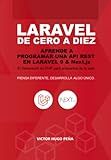
Laravel de cero a diez: Aprende a programar una API REST en Laravel 9 & Next.js (Spanish Edition)


In Laravel, you can read JSON data in a controller by using the Illuminate\Http\Request object that is automatically injected into your controller methods. To parse JSON data from a request, you can use the json() method on the request object. This will return an associative array containing the JSON data sent in the request.
Here is an example of how you can read JSON data in a Laravel controller:
use Illuminate\Http\Request;
public function handleJsonRequest(Request $request) { $jsonData = $request->json()->all();
// Now you can access the JSON data as an associative array
// For example, if your JSON data contains a key called 'name'
$name = $jsonData\['name'\];
// Perform any necessary logic using the JSON data
// Return a response if needed
}
In the above example, the handleJsonRequest method takes a Request object as a parameter. The JSON data sent in the request is then retrieved using the json() method and stored in the $jsonData variable as an associative array. You can then access the JSON data just like with any other array in PHP.
Remember to add proper error handling in case the JSON data is not sent or is not in the correct format.
What is the importance of reading JSON data in Laravel controller?
Reading JSON data in Laravel controller is important because JSON is a commonly used data interchange format for web APIs. By reading JSON data in a Laravel controller, the application can easily accept incoming data from external sources such as front-end clients or other web services. This allows for seamless communication between different components of the application and enables data to be transferred in a structured and easily parsable format.
Additionally, reading JSON data in a Laravel controller allows for data validation and manipulation before processing it further in the application. This can help ensure that the incoming data is formatted correctly and meets any required criteria before being stored or used in the application.
Overall, reading JSON data in a Laravel controller is essential for handling external data inputs and integrating with external services in a secure and efficient manner.
How to check if JSON data is valid in Laravel controller?
To check if JSON data is valid in a Laravel controller, you can use Laravel's built-in validation rules. Here is an example of how you can validate JSON data in a Laravel controller:
public function store(Request $request) { $json = json_decode($request->getContent(), true);
$validator = Validator::make($json, \[
'field1' => 'required|string',
'field2' => 'required|numeric',
// add more validation rules as needed
\]);
if ($validator->fails()) {
return response()->json(\['errors' => $validator->errors()\], 422);
}
// JSON data is valid, do further processing here
return response()->json(\['message' => 'JSON data is valid'\], 200);
}
In this example, we first decode the JSON data from the request content using json_decode($request->getContent(), true). We then create a validator instance using Validator::make() and define validation rules for each field in the JSON data.
If the validation fails, we return a JSON response with the validation errors and a status code of 422 (Unprocessable Entity). If the validation passes, we can proceed with further processing of the JSON data.
Make sure to include the use Illuminate\Support\Facades\Validator; statement at the top of your controller file to use Laravel's Validator class.
How to delete JSON data in Laravel controller?
You can delete JSON data in Laravel controller by using the destroy method provided by Eloquent.
Here's an example of how to delete JSON data in a Laravel controller:
use App\Models\User; // Import your model
public function deleteData($id) { $user = User::find($id); // Get the user by ID
if (!$user) {
return response()->json(\['message' => 'User not found'\], 404); // Return error message if user not found
}
$user->delete(); // Delete the user data
return response()->json(\['message' => 'User deleted successfully'\], 200);
}
In this example, we are assuming you have a User model and want to delete a user by their ID. We first find the user by their ID, check if the user exists, then delete the user data and return a success message.
You can call this controller method by sending an HTTP DELETE request to the corresponding route.
